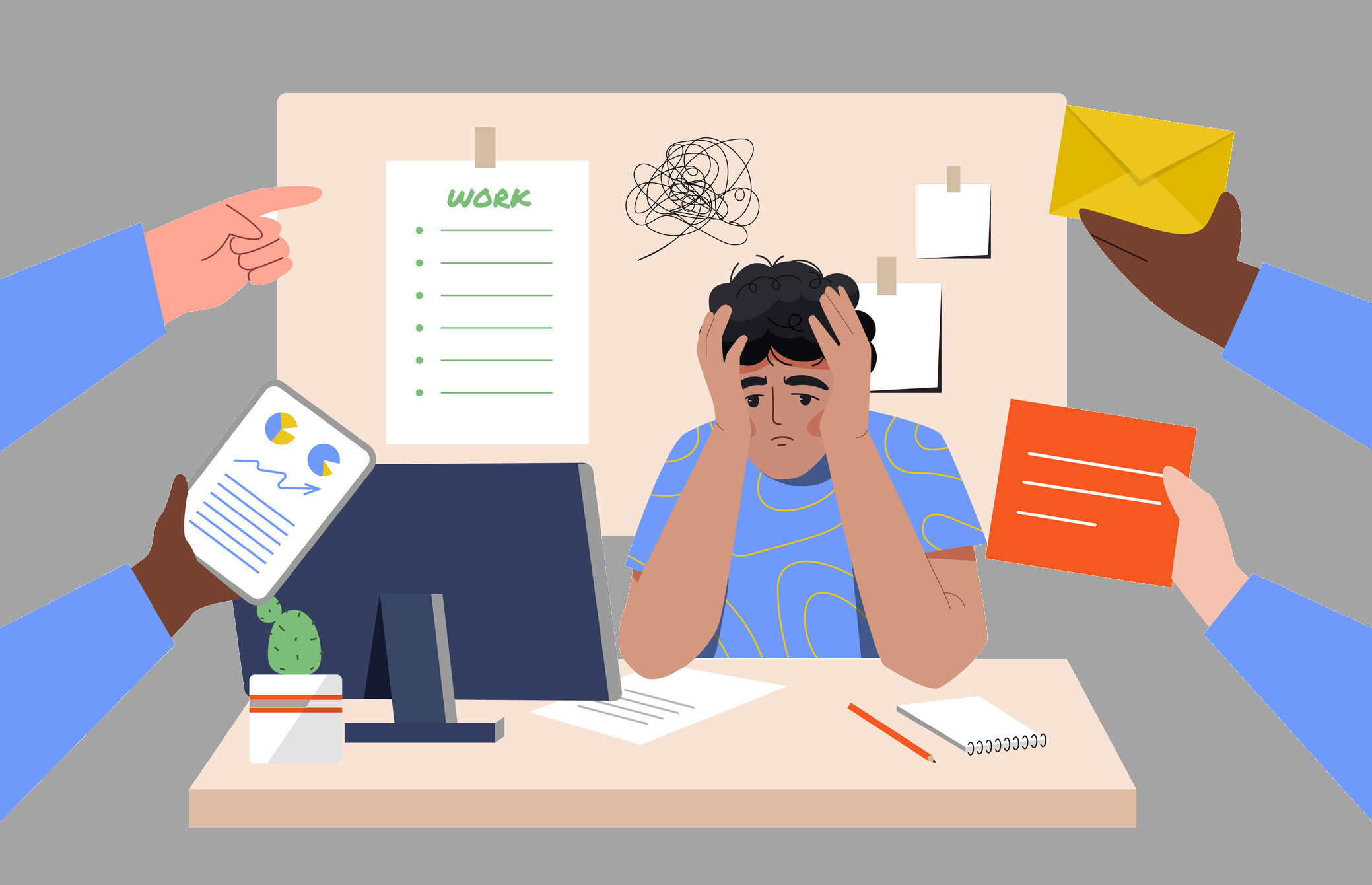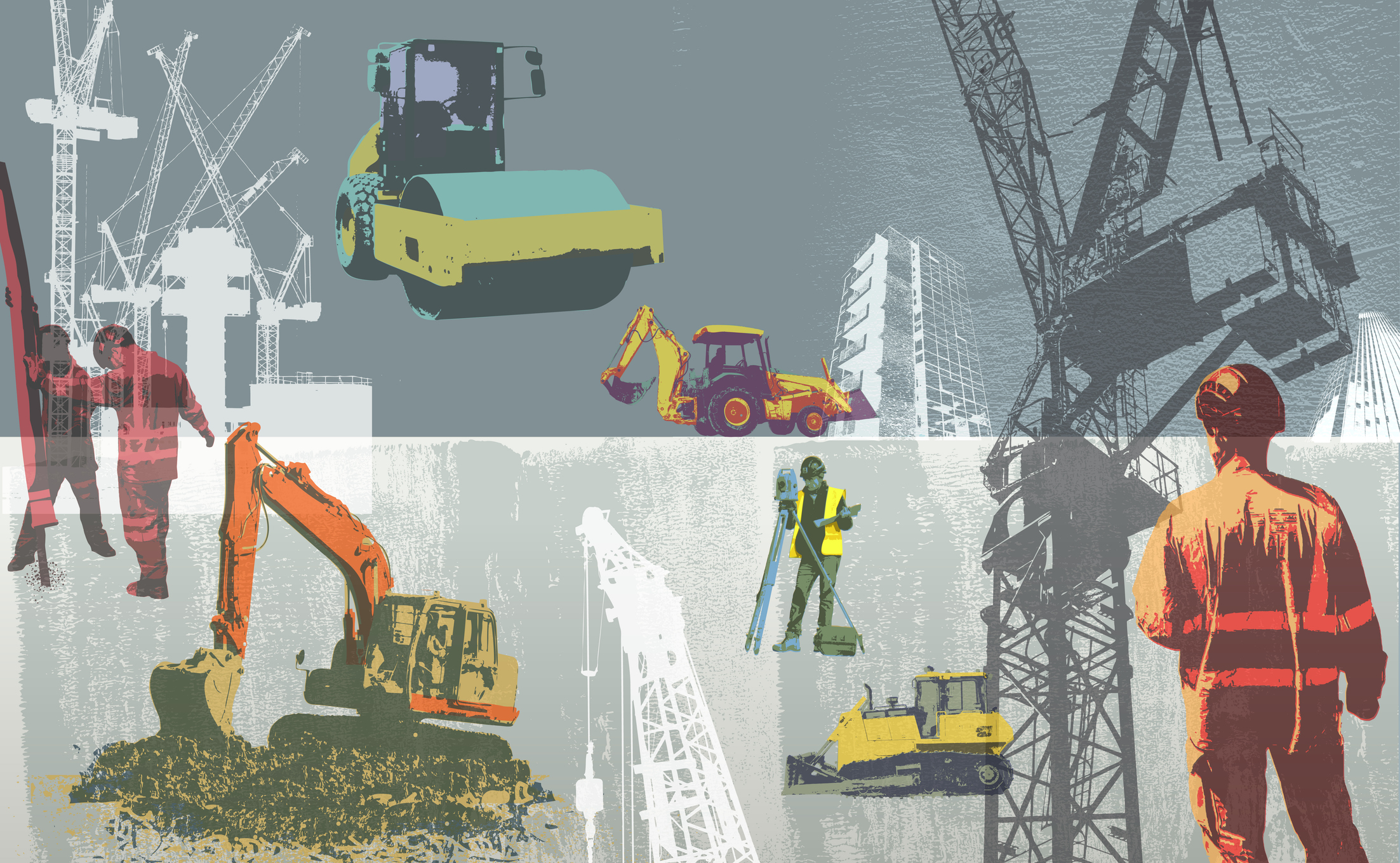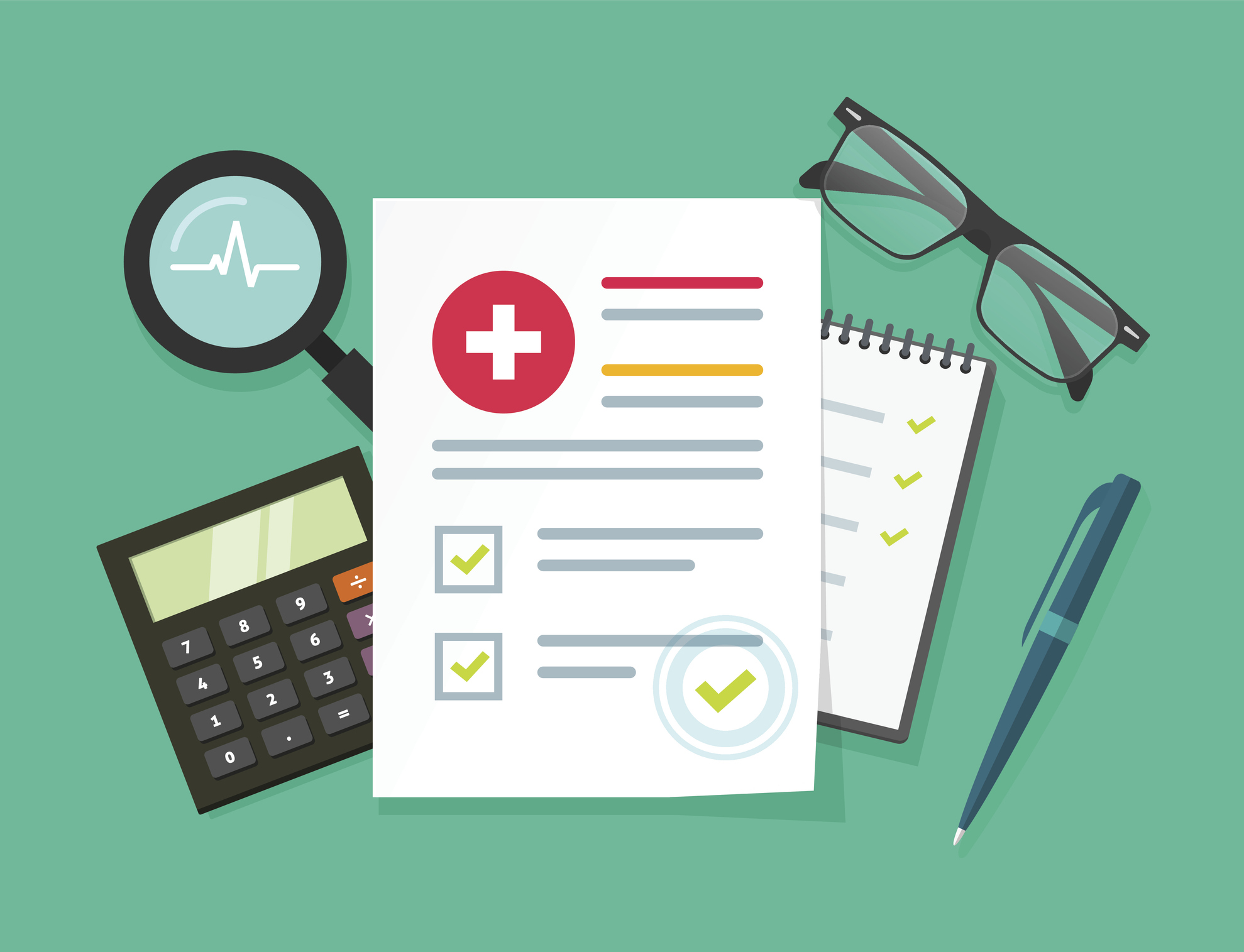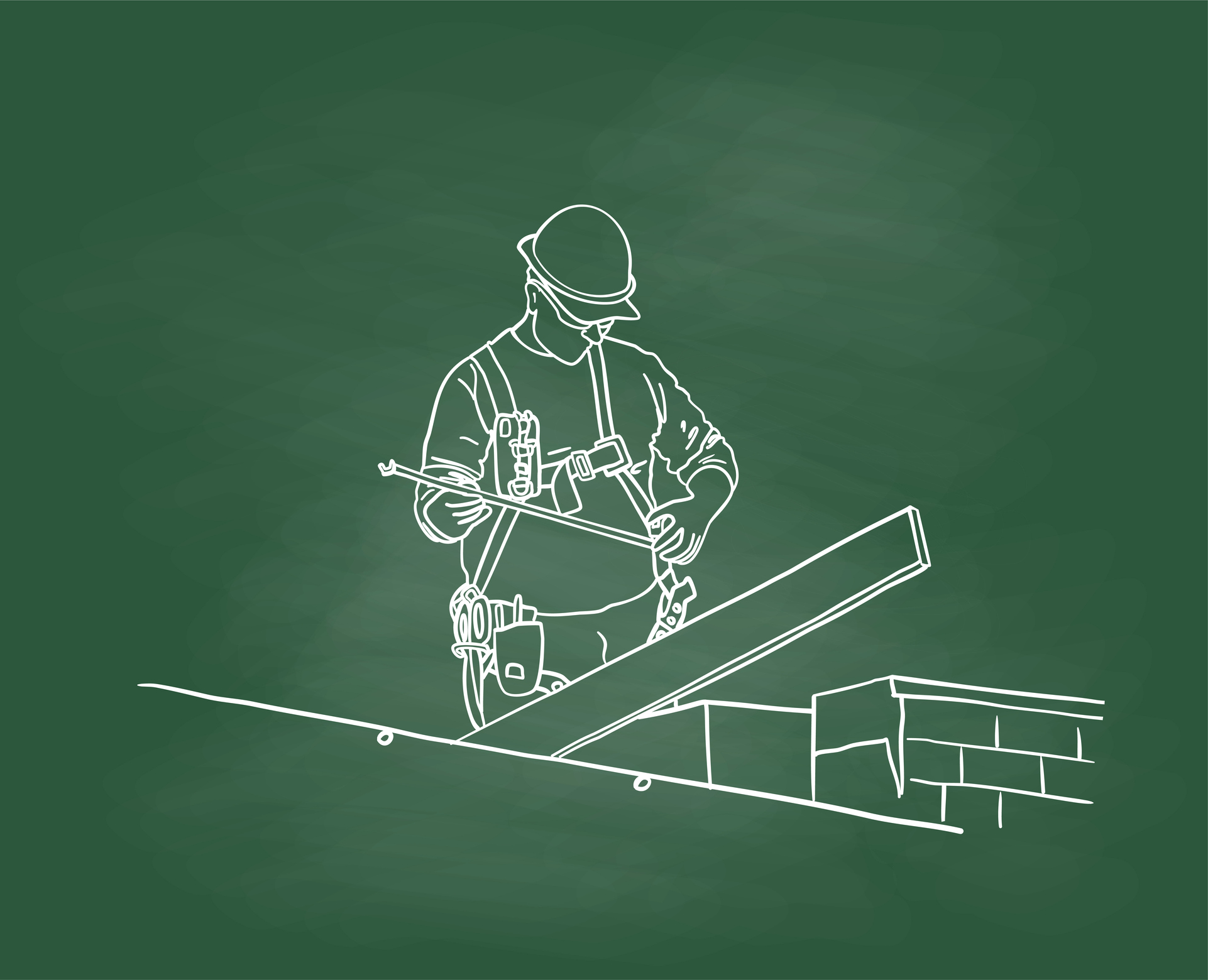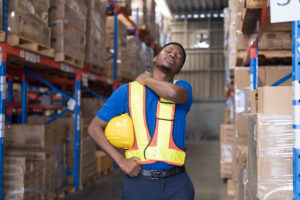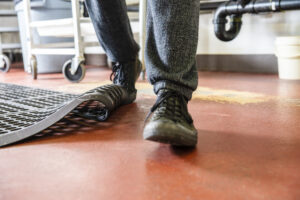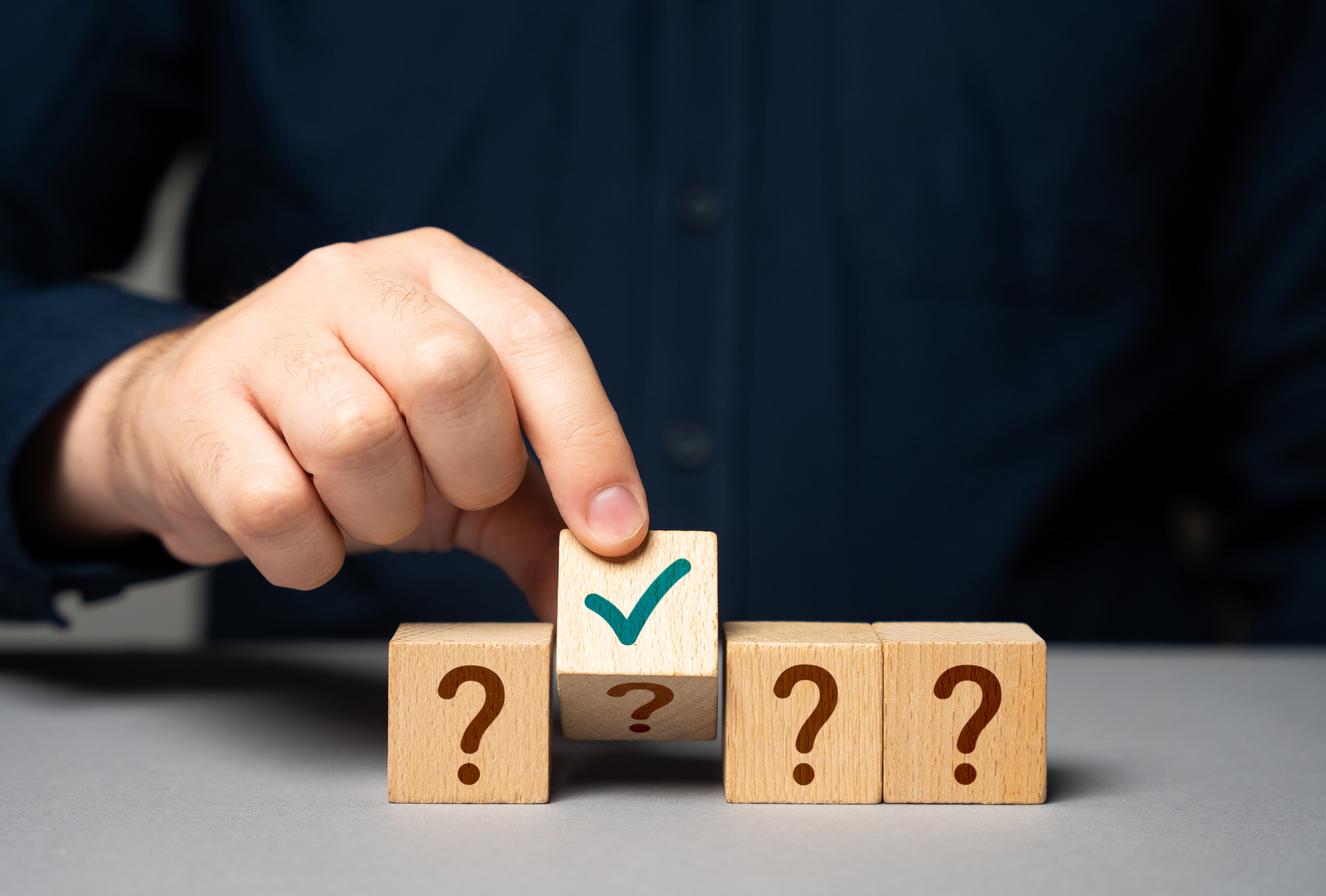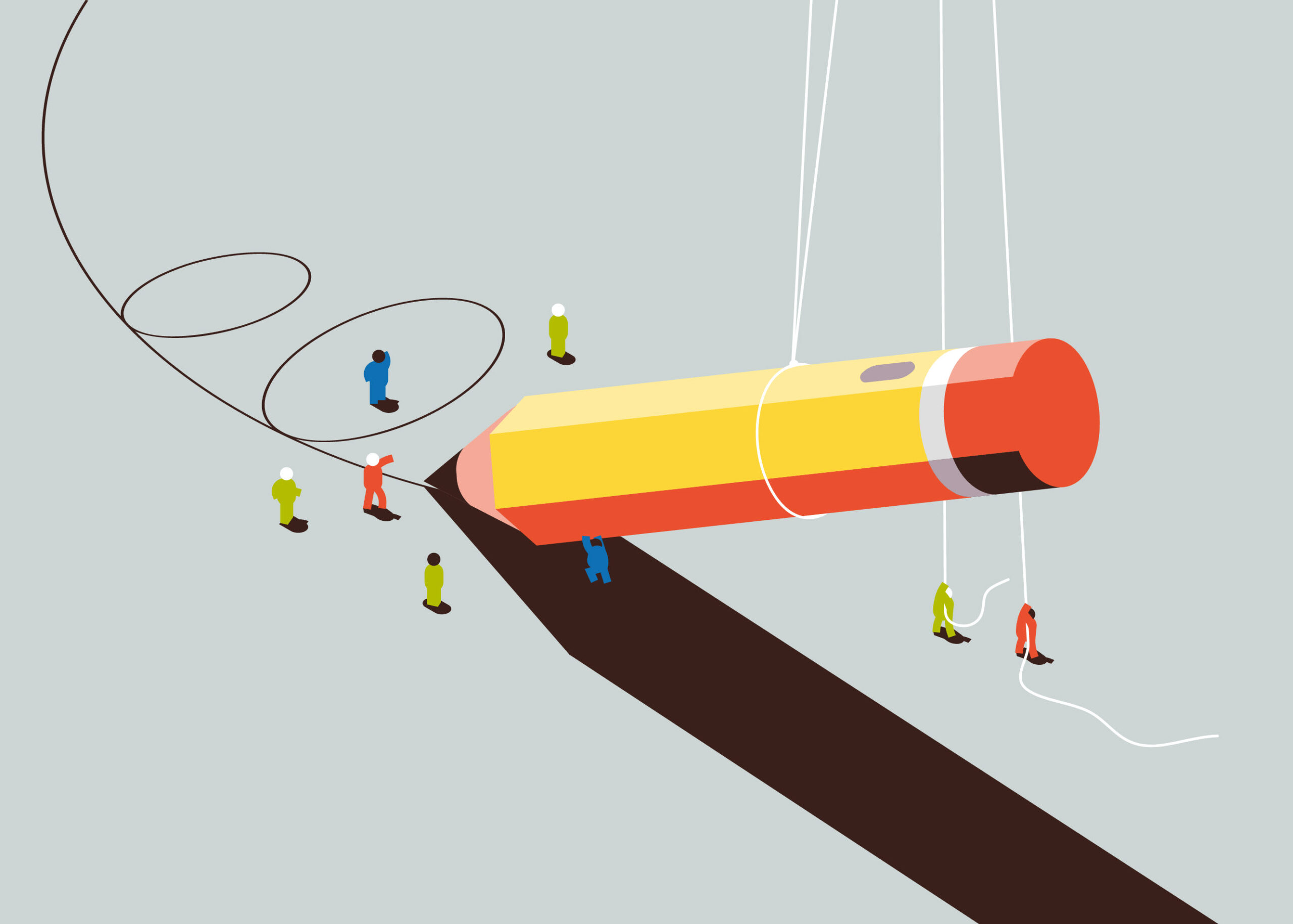Your Tribology Questions Answered
The science of interacting surfaces in relative motion, known as tribology, can help risk managers understand the importance of proper footwear and floor maintenance. Members of our risk control team answer some frequently asked questions about slip resistance testing, flooring best practices, and how to approach safety with both compliance and practicality.
July 1, 2025
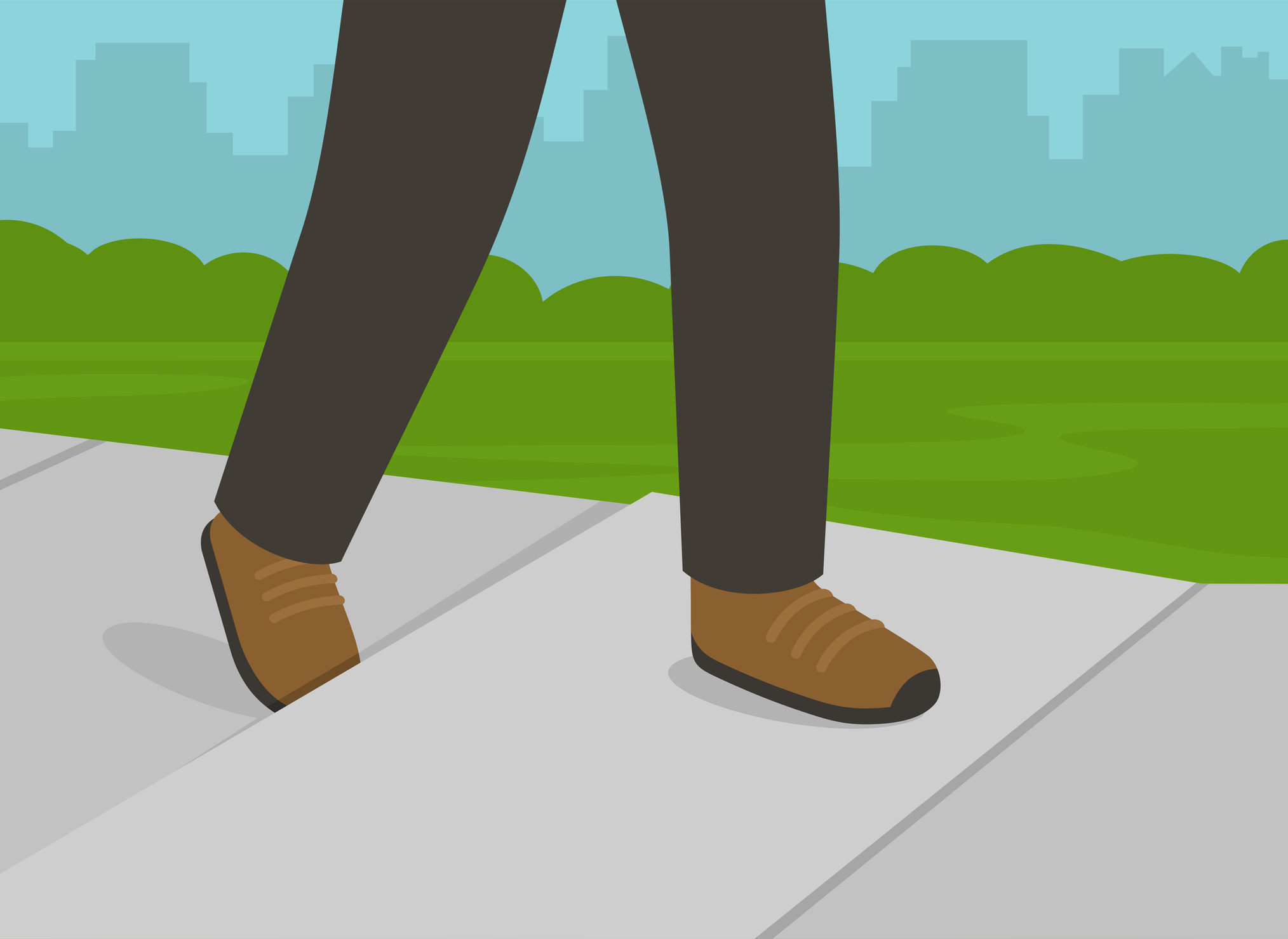
Slips, trips, and falls remain among the most common and costly safety incidents across industries, yet many organizations still struggle with how best to assess and manage flooring risks. As interest grows in tribology tools like slip testing equipment and AI spill detection systems, so do the questions about standards, proper usage, and effective mitigation strategies.
Two of Safety National’s Senior Risk Control Managers, Sonya Luisoni and Steve Simon, answer some of our most frequently asked questions about tribology.
1. Can you rent or buy slip testing equipment, and do you need expertise to use it?
Yes, slip testing machines can be rented or purchased, but it is not recommended unless you are very familiar with the equipment. Proper calibration and understanding of standardized testing procedures, per the American Society for Testing and Materials (ASTM-E303:2022 & F1637:2021) or the American National Standards Institute (ANSI-A326.3), are critical, especially if the data may be used in litigation. Working with an experienced professional is more cost-effective and ensures reliable data.
2. Are there standard values for the coefficient of friction (COF) based on flooring type or location?
Yes, and the standards are black and white. Acceptability is based on what the slip testing machine outputs versus regulatory standards, regardless of floor type. Refer to ASTM and ANSI standards for acceptable thresholds.
3. Do COF measurements need to be in a range? Can you have too much friction? Does the difference between COFs make a difference?
Yes, the COF should remain within a safe range — not too low to cause slips, and not so high that it impedes movement. The goal is not to reach a perfect number but to meet or exceed recognized standards like ASTM E303-22 or ANSI A326.3. Everyone walks differently, so consistency is key. Sudden changes in COF between surfaces, even if each meets safety thresholds, can disrupt gait and increase fall risk. Uniform friction across walking areas is just as important as the COF value itself.
4. What are your thoughts on pebble flooring, which is used in meat and cheese processing?
Pebble flooring is tricky because jagged pebbles might offer better friction than smooth ones. However, the concrete binder used in these floors is porous, and sealing it could create a hydrophobic surface, causing pooling and increasing slip risk. COF testing is necessary. Cleaning can also be more difficult.
5. Does my insurance carrier offer support with slip testing and resources?
Accurate slip testing should be done by an experienced professional using specialized equipment. As such, carriers may or may not have in-house expertise. Most carriers will offer access to online toolkits, which include checklists, plans, and templates. Reach out to your broker or carrier contact for details.
6. How can greenhouse floors be made safer with constant water exposure?
The first step is to evaluate the floor type. Consider the floor slope to drains and appropriate cleaning procedures. Rubber mats can help, it is important to avoid making them a tripping hazards by keeping transitions less than a quarter of an inch. Since each situation is different, this requires a custom assessment.
7. What about products that change color to indicate wetness versus camera-based AI systems?
Color-changing treatments can cause unintended effects like making floors slippery or altering pH. Always test products before widespread use. AI detection (e.g., spills) is promising, especially for large public areas, but it needs proper calibration and alert response systems. Run a pilot program before a full rollout of this technology.
8. What industries should be using slip testing?
Any industry with public access or high pedestrian traffic, including hospitality, restaurants, airports, malls, property management, manufacturing, and more. If people walk on your floors, testing is advisable.
9. What is the official rule on the quarter-inch trip hazard?
It is defined under ASTM standards. To mitigate risk, any elevation change above a quarter inch should be beveled, ground down, or marked.
10. How often do you calibrate a tribometer? Who sets the minimum standard that it must meet to provide an accurate reading?
A tribometer must be calibrated annually by the manufacturer or a company that has been trained by the manufacturer of the tribometer. Depending on the tribometer, there are specific organizations with committees that oversee the standards and set the minimum thresholds. These standards are reviewed each year.
11. How can weather impact measuring the COF of a floor outside a building where a slip and fall occurred on wet ground after it rained?
Weather affects the COF of outdoor floors by reducing friction when surfaces are wet from rain, ice, or dew. Heat can soften coatings or degrade texture, lowering COF over time. Wind can deposit debris like dust or leaves, also making surfaces more slippery. These factors make wet and dry slip testing essential for accurate safety assessment.
12. In certain climates, a high percentage of the slip and fall incidents involve people wearing flip-flops or sandals. Is there a higher COF that is recommended for that type of footwear? What other mitigation factors exist?
Wearing sandals, flip-flops, or open-back shoes increases slip and fall risk due to minimal traction, reduced support, and instability, especially on wet or smooth surfaces. Importantly, there is no higher COF safety standard specifically for sandals, so floors must be safe for all types of footwear, even those with poor grip. Sudden changes in friction between adjacent surfaces can trigger slips, especially for those wearing sandals.
13. Is it easier and cheaper to install security cameras and maintain your due diligence and standard or duty of care?
Installing cameras and complying with your due diligence and standard or duty of care are important. However, it might not be enough to prevent slips, trips, and falls. To effectively protect floor surfaces and prevent slips, trips, and falls, the three best methods involve maintaining a clean and dry surface, using appropriate floor mats and coverings, and ensuring adequate lighting and visibility. These strategies address both the common causes of falls and proactively reduce the risk of accidents.
View the full recording of our Rethinking Slip, Trip, and Fall Prevention Through Tribology webinar, here.



